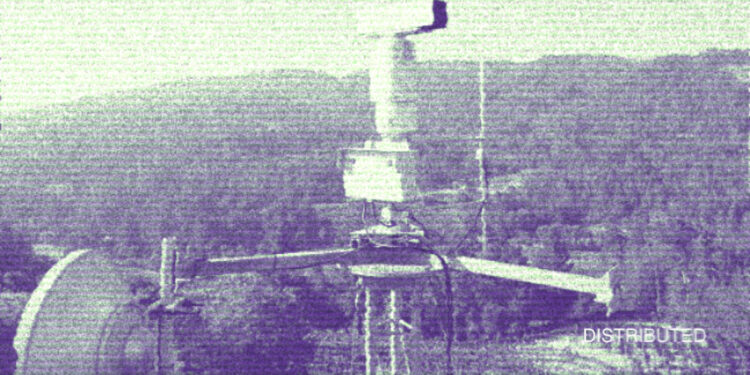In California, AI is revolutionizing wildfire detection. Cal Fire, in collaboration with UC San Diego’s ALERTCalifornia system, has initiated an AI pilot project that rapidly identifies wildfires through strategically placed high-definition cameras. When anomalies like smoke are detected, the system alerts Cal Fire, enabling an immediate response.
This groundbreaking AI program is already a success, having identified 77 fires before 911 calls were made. It’s the first firefighting agency globally to employ such a system, providing real-time data to combat fires effectively.
AI isn’t just detecting smoke; it distinguishes it from fog and clouds, especially in remote areas with fewer observers. The AI’s success lies in its learning capacity, refining its capabilities each time an AI-identified anomaly is confirmed as a fire.
Beyond detection, AI is poised to help with fire behavior prediction. UCSD’s LIDAR technology maps California, providing data on vegetation, fuel moisture levels, drought, and tree mortality—crucial factors influencing fire behavior. Law enforcement also benefits, from using the footage for fire ignition investigations.
Before the footage was monitored manually by people at the command centers, who are naturally vulnerable to fatigue and human error. “Now, instead of looking at that screen constantly, the only time your eye has to look up there is when [the AI] catches something.” staff chief of fire intelligence, Phillip SeLegue said.
With AI funding from various sources, including Cal Fire, its expansion beyond fire detection is possible. It could monitor earthquakes, landslides, and more, driving technology advancement for the extreme climate challenges California faces.
AI’s Potential Beyond Wildfires
NASA is delving into AI and machine learning for climate and science missions. The Surface Water Ocean Topography and NISAR satellite missions generate vast data. AI will play a key role in managing and deriving meaning from this expanding dataset.
Additionally, unmanned aircraft and drones may soon assist emergency responses during wildfires. These technologies promise to bolster nighttime fire suppression efforts.
As climate change fuels larger and more frequent blazes, technology-driven innovations like AI are essential for California’s wildfire management.



